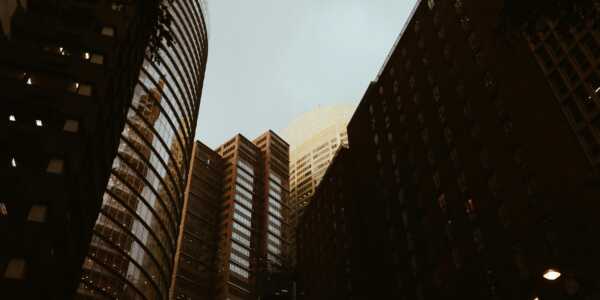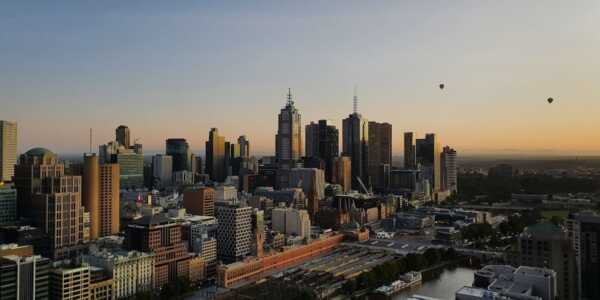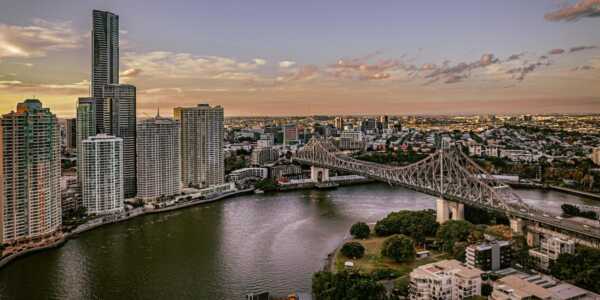Last week the New South Wales Government announced that corporations could be fined up to $1.1 million and individuals fined up to $220,000 for installing dangerous combustible cladding.
The ban, however, also applies retrospectively and many NSW strata owners are facing hard times ahead as they are left to fund the rectifications themselves.
UK government in similar situation
On 14 June 2017, the Grenfell Tower in North Kensington, West London, caught fire. It is believed that the fire started from a faulty fridge-freezer, however the rapid spread of the fire was due to the building’s flammable polyethylene core aluminium cladding and its installation; 72 people died.
The cladding was introduced to the building during a refurbishment in 2016.
In May this year, The UK government committed £400 million to fix public housing buildings with combustible cladding. Private buildings however are yet to receive an appropriate scheme; the question similarly faced in Australia is – who will pay for the replacement of the cladding?
Who is liable for payment?
The cladding in question is now classified as a major defect, and as a result, residents are within their rights to organise for the repairs to be completed by the responsible builder. This right however only extends to six years after the buildings completion.
At this stage, it is unclear who the owners of apartments completed prior to 2012 can turn to for assistance.
One such affected individual is Colin Knowles, who resides in an apartment building in Pyrmont covered with the dangerous cladding. His building was completed in the year 2000 and has shared with the Australian Financial Review that he and his fellow residents, face up to $7 million for the replacement of the cladding.
This cost will see each owner hit with a $10,000 levy each quarter instead of the current $3,000. The major concern is the affect this will have on the apartments’ re-sale values.
"I'd like to see the government realise they've buggered it up over the time, both through a very slack approval process and not a lot of control over flammability and other issues," Mr Knowles said.
Strata Community Australia NSW president Chris Duggan has said a systemic failure is to blame for this large construction oversight.
"Undoubtedly people have taken shortcuts along the way and they've been beneficiaries of the system, but the lot owner is inheriting the problem," Mr Duggan said.
A political issue
One of the UK's top expert advisers on cladding has warned Australian politicians that a failure to act will become a political problem.
Gary Strong is a member of the UK's Independent Expert Advisory Panel consulting to the Secretary of State for Housing and spoke recently at a gathering of federal and state ministers, where he urged the governments to “crack on with this, quicker, because the court of public opinion will be against you. If you take three years to try and fix the problem, you may lose your seats over some of this."
In what has been declared a global first, the Victorian government will offer low-interest, long-term loans that building owners and strata bodies can use to replace combustible polyethylene-core aluminium cladding on their buildings.
While there have been calls for the NSW government to follow in Victoria’s footsteps, a decision is yet to be reached.
Fair Trading commissioner Rose Webb said, "at the Building Minister's Forum in April this year, the NSW Government called for a national report to examine who is liable for having unsafe cladding rectified on buildings, who pays, and who the costs can be recovered from."
The next NSW state election is scheduled to be held on Saturday 23 March 2019.










